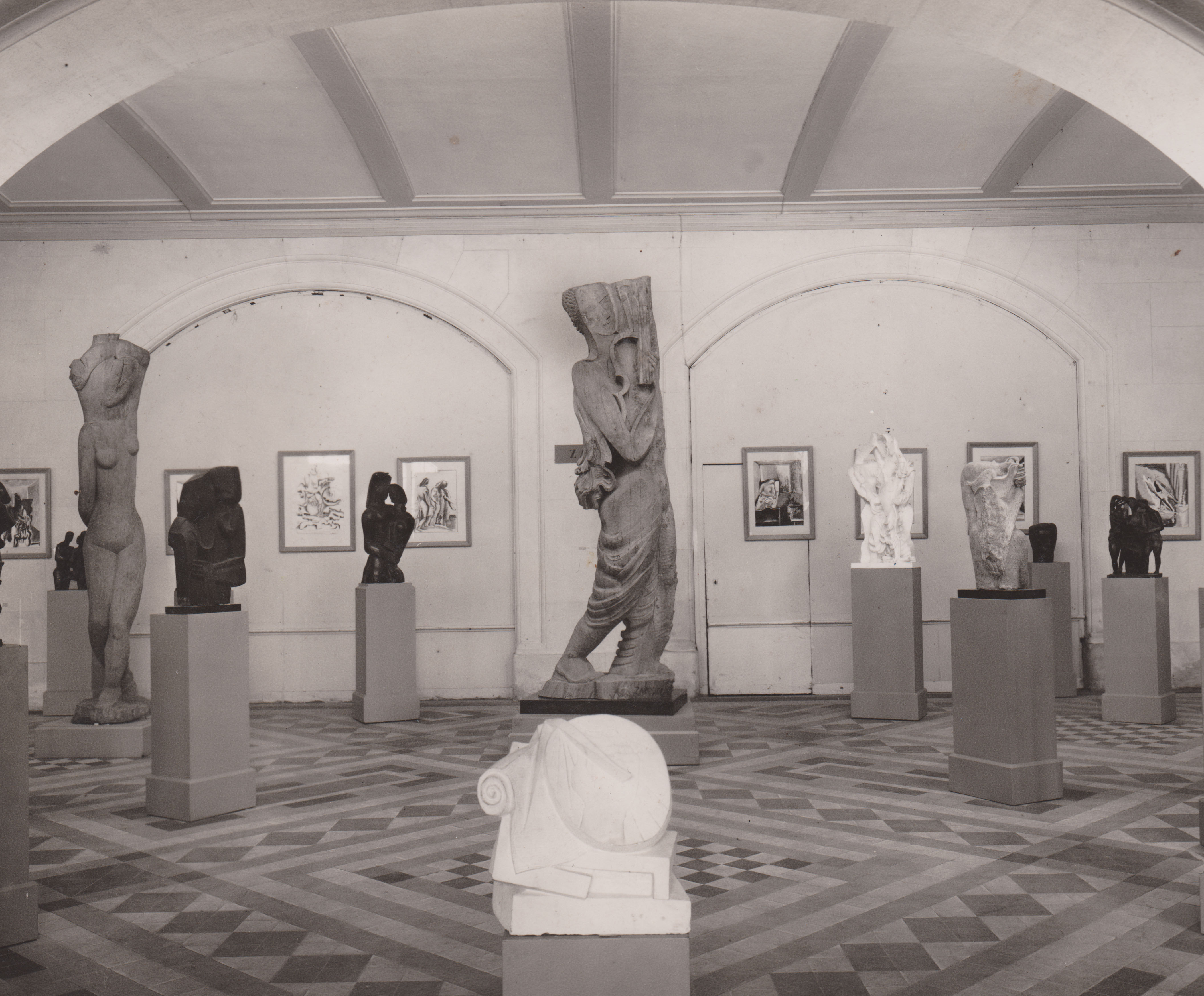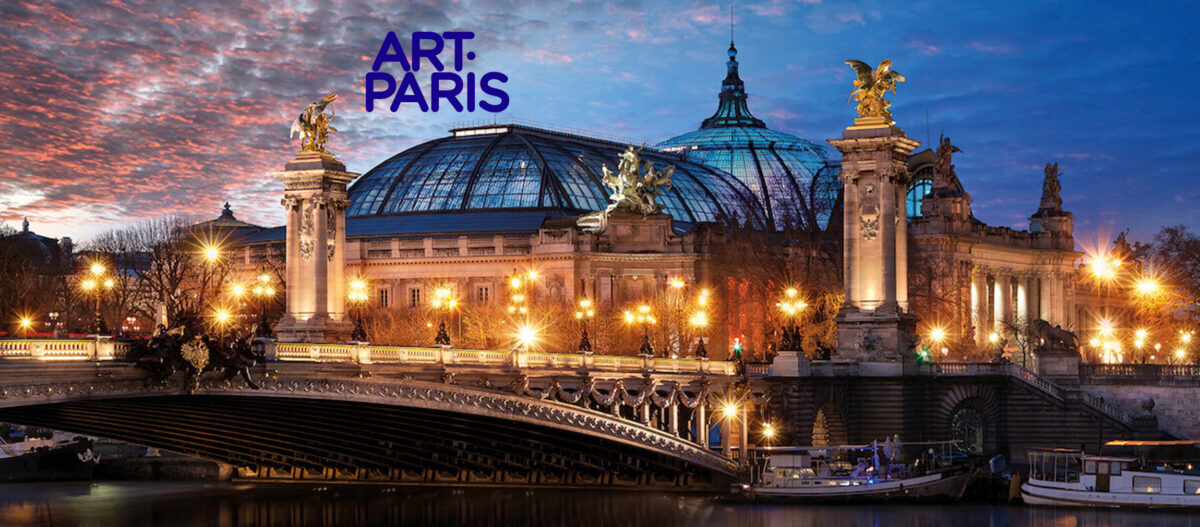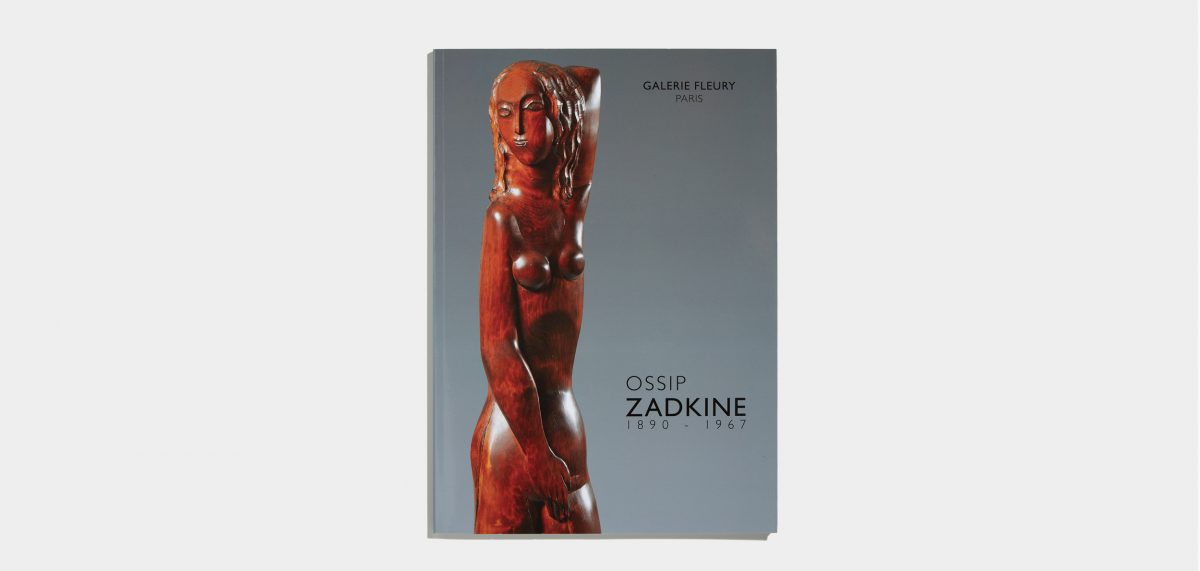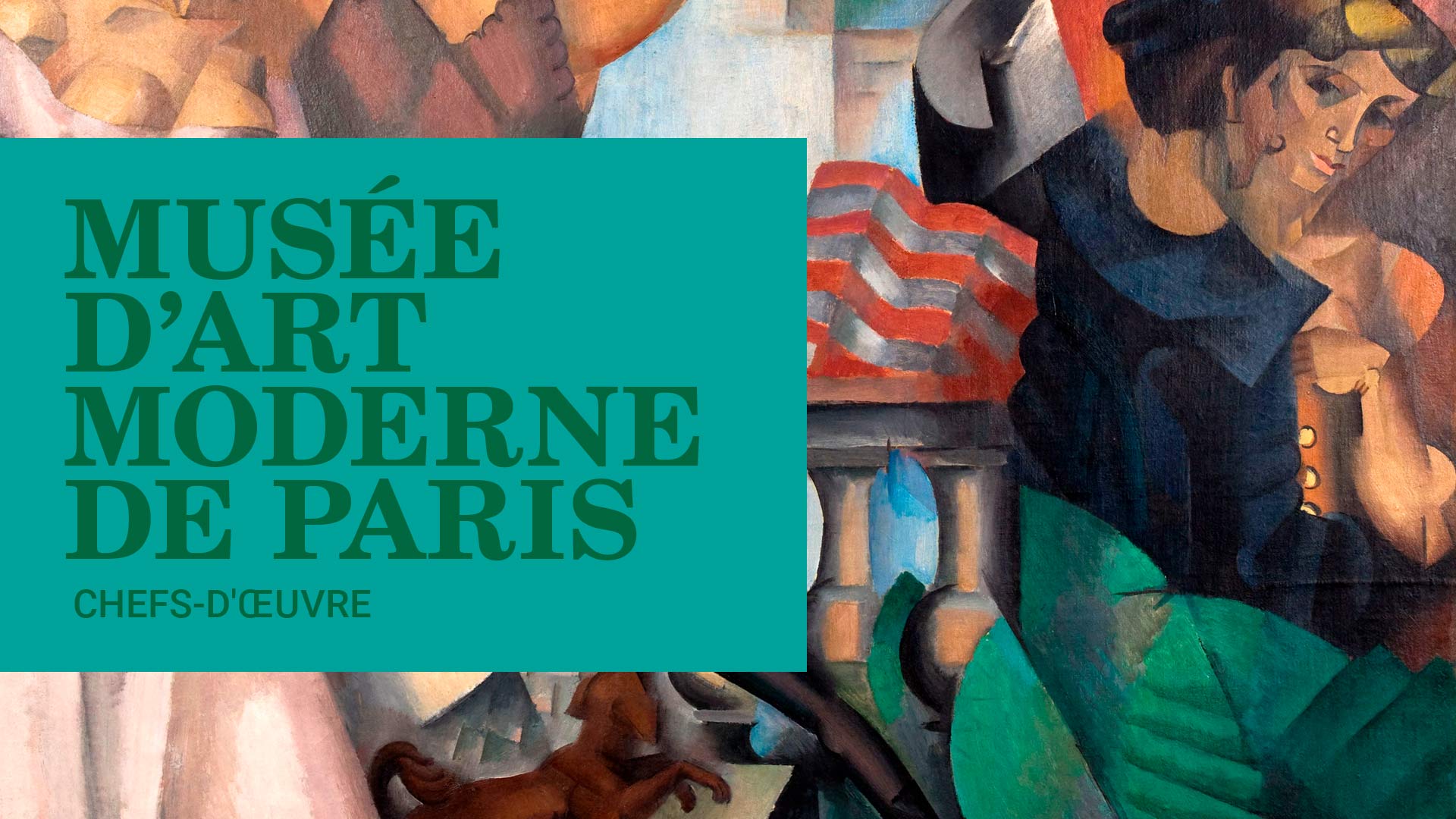Ossip Zadkine : L’oeuvre sculpté
Publication
Sylvain Lecombre
Sculpteur reconnu dès les années 20 pour sa pratique de la taille directe, du bois (Samson et Dalila, Le Prophète) et de la pierre (Dame à la mandoline, Maternité), Zadkine s’inscrit alors dans le courant du primitivisme et des recherches de l’avant-garde du début du XXème siècle. « Je pense que les sculpteurs de ma génération tels que Gaudier-Brzeska, Villon, Archipenko, Brancusi, Lipschitz et moi-même, déclarait Zadkine, pouvons être considérés comme les continuateurs de l’antique tradition de ces tailleurs de pierre et de bois, qui, partis de la forêt, chantaient librement leurs rêves d’oiseaux fantastiques et de grands fûts d’arbres. »
Après un court intermède cubiste de géométrisation des formes (Femme à l’éventail, Accordéoniste), il s’oriente ensuite vers une relecture de l’Antiquité comme en témoigne son intérêt dans les années 30 pour les thèmes mythologiques (Rebecca, Niobé) et les groupes sculptés en bronze (La Naissance de Vénus). En 1938, il s’engage dans quatre projets de monument à des poètes, Apollinaire, Jarry, Lautréamont, et Rimbaud. Après guerre, le Monument pour la ville détruite, érigé sur le port de Rotterdam en 1953, figure emblématique de la douleur humaine, consacre l’évolution de son oeuvre vers un expressionnisme baroque. « L’émotion ! l’humain ! …L’objet que crée la sculpture doit engendrer l’émotion chez celui qui le regarde ». Zadkine est, à ce titre, considéré comme un précurseur de l’introduction de l’art moderne dans l’espace public.
La fusion de l’humain et du végétal devient un de ses thèmes de prédilection donnant naissance à des œuvres monumentales, Orphée, La forêt humaine. Dès 1955, Zadkine réalise plusieurs études pour la commande d’un Monument à Van Gogh qui sera érigé à Auvers en 1961, d’autres monuments verront le jour, à Wasmes, Zundert et St Rémy de Provence.
Alors que la figure humaine a toujours été au centre de son travail, dans ses dernières sculptures conçues pour l’architecture, Zadkine s’engage à la fin de sa vie dans une nouvelle voie de formes abstraites, de réseaux d’arabesques et d’entrelacs. Le catalogue raisonné de l’œuvre sculpté de Zadkine dénombre 593 sculptures. Elles se répartissent entre bois (131), pierres et marbres (112), terres (132), plâtres et bronzes.
Ossip Zadkine : catalogue raisonné de l’oeuvre sculpté
Auteurs : Sylvain Lecombre, Helena Staub
Éditeur : Éditions des Musées de la Ville de Paris, 1994
ISBN : 2879001463, 9782879001463
707 pages
Lien vers le musée Zadkine


























